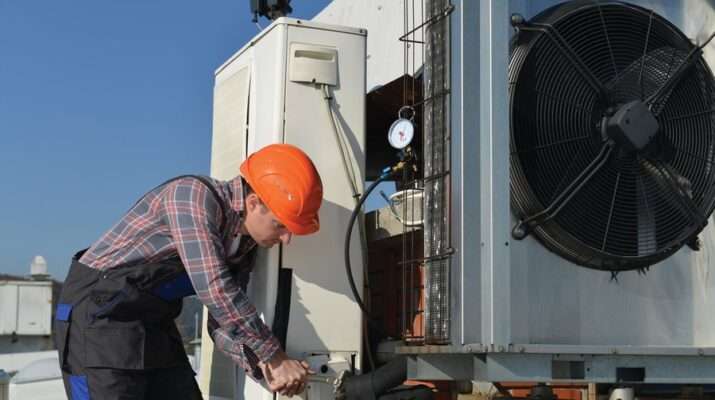Repair and maintenance costs are a regular part of life for homeowners, renters, and businesses alike. Whether it’s fixing a leaky faucet or maintaining complex machinery, these expenses can quickly eat into budgets if left unchecked. However, with the right strategies in place, you can effectively control these costs and prevent them from spiraling out of control. In this comprehensive guide, we’ll explore practical tips and techniques to help you minimize repair and maintenance expenses while ensuring the longevity of your assets.
Embrace Preventive Maintenance:
- Understanding the Concept: Preventive maintenance involves regular inspections and proactive upkeep to identify and address potential issues before they escalate into costly repairs.
- Creating a Maintenance Schedule: Develop a schedule for routine inspections and maintenance tasks based on manufacturer recommendations and the specific needs of your property or equipment.
- Prioritizing Preventive Measures: Focus on high-impact areas that are prone to wear and tear, such as HVAC systems, plumbing, and electrical infrastructure.
Invest in Quality Materials and Equipment:
- Importance of Quality: While it may be tempting to cut costs by opting for cheaper materials or equipment, investing in quality products upfront can save you money in the long run.
- Research and Comparison: Take the time to research and compare different brands and suppliers to ensure you’re getting the best value for your money.
- Long-Term Benefits: Quality materials and equipment are more durable, reliable, and require less frequent repairs and replacements, ultimately reducing maintenance costs over time.
Empower Your Team:
- Training and Education: Provide comprehensive training for staff members responsible for maintenance tasks, ensuring they have the knowledge and skills to perform their duties effectively.
- Encourage Proactivity: Empower employees to report potential issues they encounter during routine inspections and encourage them to suggest improvements or cost-saving measures.
- Recognition and Incentives: Recognize and reward employees who demonstrate exceptional performance in maintaining assets and controlling repair costs.
Build Strategic Partnerships:
- Relationships with Contractors and Suppliers: Cultivate strong relationships with reliable contractors and suppliers who can provide quality services and materials at competitive prices.
- Negotiation and Contracts: Negotiate long-term contracts or agreements with preferred vendors to secure favorable pricing and terms for repair and maintenance services.
- Collaborative Problem-Solving: Work closely with contractors and suppliers to identify cost-effective solutions and streamline maintenance processes.
Implement Cost-Effective Solutions:
- Prioritize Repairs: Assess the urgency and impact of repair issues and prioritize them based on safety, functionality, and regulatory compliance.
- Explore DIY Options: For minor repairs and maintenance tasks, consider whether they can be completed in-house by trained staff members to save on outsourcing costs.
- Cost-Benefit Analysis: Before undertaking any repair or maintenance project, conduct a cost-benefit analysis to determine the most economical solution that meets your needs.
Budgeting and Financial Planning:
- Establish a Maintenance Budget: Allocate funds for repair and maintenance expenses based on historical data, projected needs, and strategic priorities.
- Contingency Planning: Set aside a portion of your budget for unforeseen repairs or emergencies to avoid budget overruns and financial strain.
- Track and Monitor Expenses: Regularly review and analyze maintenance expenses to identify trends, track spending, and make informed decisions about resource allocation.
Embrace Technology and Innovation:
- Utilize Maintenance Management Software: Implement computerized maintenance management systems (CMMS) to streamline maintenance workflows, track asset performance, and schedule preventive tasks.
- Explore IoT Solutions: Leverage Internet of Things (IoT) devices for real-time monitoring and predictive maintenance, allowing you to detect issues before they escalate and optimize maintenance schedules.
- Stay Updated on Industry Trends: Keep abreast of technological advancements and industry best practices to identify opportunities for innovation and efficiency improvements in repair and maintenance processes.
Conclusion:
Effectively controlling repair and maintenance costs requires a proactive approach, strategic planning, and a commitment to continuous improvement. By embracing preventive maintenance, investing in quality materials and equipment, empowering your team, building strategic partnerships, implementing cost-effective solutions, and adopting modern technologies, you can minimize expenses while ensuring the reliability and longevity of your assets. Remember that managing repair and maintenance costs is an ongoing process that requires careful planning, diligence, and adaptability to achieve long-term success.



